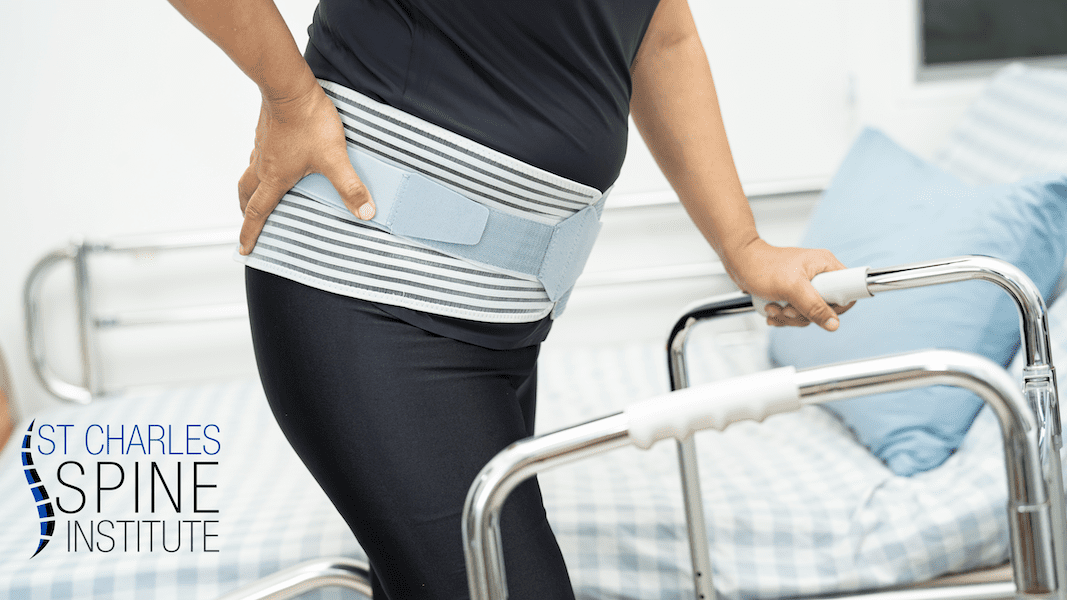Kyphoplasty: A Minimally Invasive Approach to Treating Spinal Fractures

At St. Charles Spine Institute in Thousand Oaks, California, we specialize in effective, patient-centered solutions for spinal injuries and conditions. A spinal injury experienced by over a million patients every year is a vertebral compression fracture, and the most common cause of these fractures is osteoporosis, a weakening of the bones due to loss of bone mass. Osteoporosis is quite common, affecting about 20% of all women and 10% of all men over the age of 50. However, there may be other causes of these fractures, such as falls.
Vertebral compression fractures are as they describe: pressure on a weakened vertebra causes it to break and collapse, compressing the spine. When this happens, it often causes sharp, stabbing, and severe pain in the back and can also cause weakness or numbness. Left untreated, it can cause chronic back pain, impact mobility, create a stooped posture, and lead to spinal deformities.
One of the most impactful treatments we offer for spinal fractures is kyphoplasty. This minimally invasive procedure can relieve pain, stabilize the spine, and restore height. Here is a brief explanation of kyphoplasty, how the procedure works, and what to expect before and after treatment.
What Is Kyphoplasty?
Kyphoplasty is a minimally invasive surgical procedure, often performed on an outpatient basis. It is especially effective when performed within a few weeks of the fracture. The procedure involves the following steps:
Pre-Operative Instructions
To ensure that you are a good candidate for kyphoplasty, your surgeon will follow several pre-operative steps, which generally involve:
- Medical Evaluation: Besides answering questions and undergoing an exam, your surgeon will require you to undergo recommended imaging tests (X-rays, MRI, or CT scans) to confirm the fracture and plan the procedure.
- Medication Review: Your surgeon will review and discuss with you all of your medications, especially any blood thinners, as well as supplements and vitamins, to determine whether any may need to be paused for a period before or even after your surgery.
- Cleansing: To reduce the risk of infection, you may be asked to shower or bathe with a special antibacterial soap.
- Fasting: Your instructions will include when to stop eating and drinking before the procedure and may include foods to avoid.
- Arrange Transportation: Because sedation is commonly used, you should arrange for someone to drive you to the surgical center and bring you home afterward.
Kyphoplasty Procedure
- Anesthesia: Once prepped for surgery, you will receive local anesthesia with sedation or general anesthesia, depending on your case.
- Balloon Insertion: A needle is inserted into the fractured vertebra under X-ray guidance. Once it is inside the vertebra, the needle is removed and a small tube is left in its place. Through the tube, a balloon is then inflated inside the vertebra to restore the space where the vertebra collapsed and gently elevate and expand the collapsed area.
- Bone Cement Injection: After the balloon is deflated and removed, the cavity is filled with medical-grade bone cement. This cement hardens quickly, stabilizing the vertebra and reducing pain.
- Duration: The procedure typically takes 15 to 20 minutes per vertebra and involves only a small incision in the back.
Post-Operative Recovery
Recovery after kyphoplasty is generally quick and straightforward. Many patients experience pain relief within hours to a few days following the procedure.
- Same-Day Discharge: Most patients can return home the same day. However, some may require overnight observation, particularly if the procedure involves multiple vertebrae.
- Activity Guidelines: Light activity is allowed and even encouraged, but you must avoid heavy lifting or strenuous movement for a few weeks. You will likely be able to enjoy normal low-stress activities in a few days.
- Incision Care: You must keep the incision site clean and dry; follow instructions on dressing changes and observe signs of infection as instructed. Because the incisions are on your back, you may need help from a friend, family member, or other caregiver.
- Follow-Up: Your surgeon will schedule one or more post-operative visits to monitor healing and discuss further management of back issues. It is essential to keep these appointments.
Is Kyphoplasty Right for You?
Kyphoplasty offers patients with vertebral compression fractures several benefits:
- Outpatient procedure with short recovery time
- Minimal blood loss and low complication risk
- Stabilization of the fracture
- Rapid pain relief
- Improved posture and mobility
Kyphoplasty is ideal for patients with recent, painful vertebral fractures due to osteoporosis or trauma. It may also be considered for those with spinal lesions causing fracture and instability as a result of metastatic cancer. To determine if kyphoplasty is a suitable remedy for your compression fracture, schedule an appointment today for a comprehensive consultation and imaging review with our team at St. Charles Spine Institute in Southern California.
